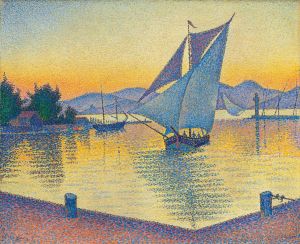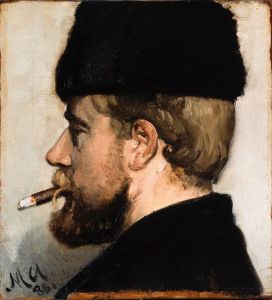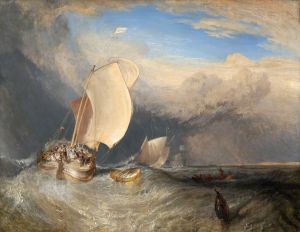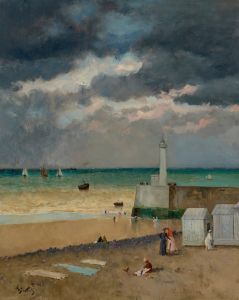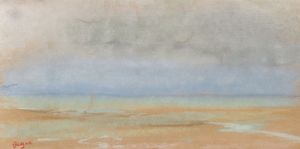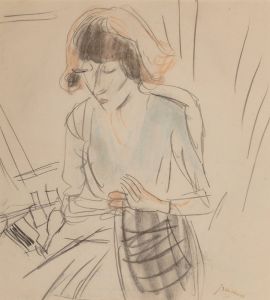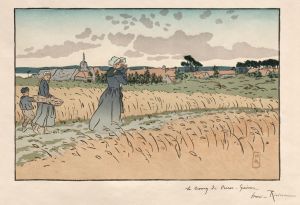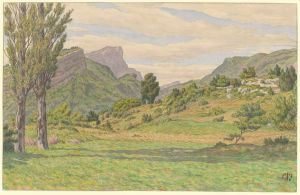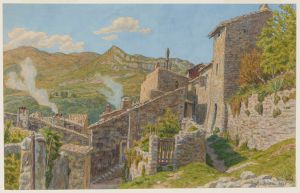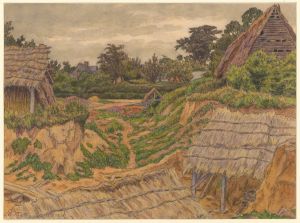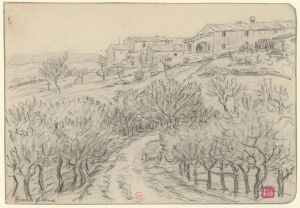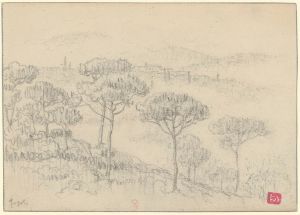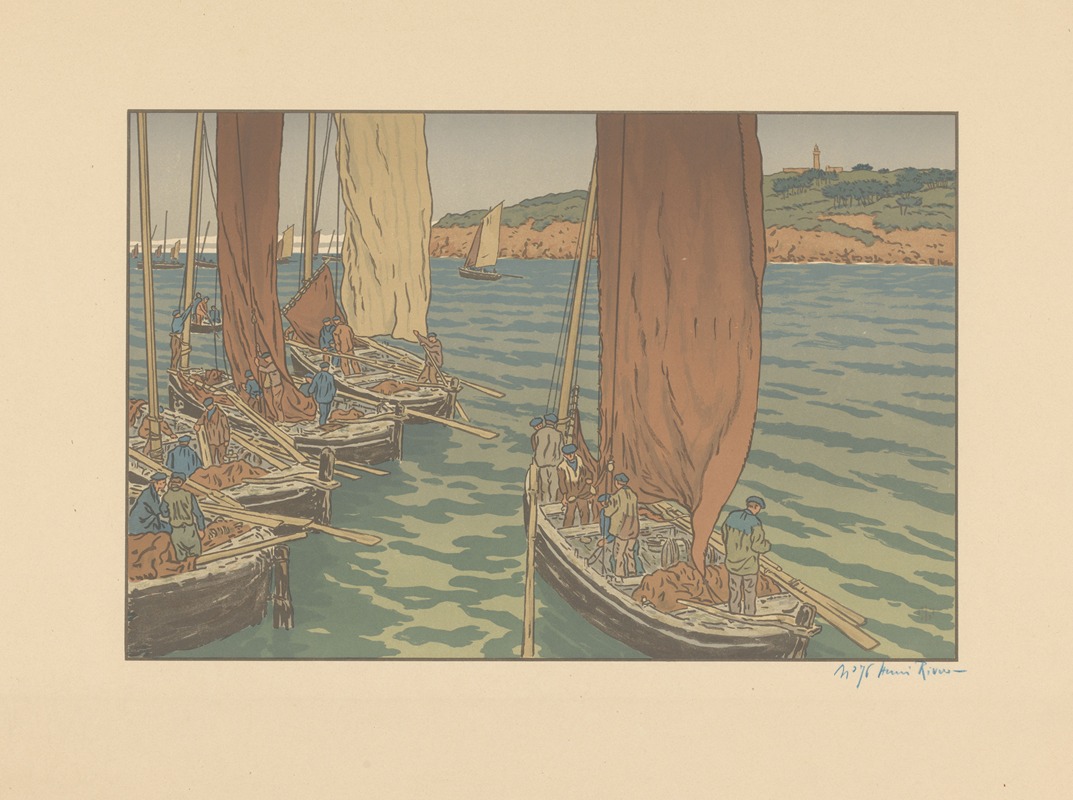
Barques de pêche
A hand-painted replica of Henri Rivière’s masterpiece Barques de pêche, meticulously crafted by professional artists to capture the true essence of the original. Each piece is created with museum-quality canvas and rare mineral pigments, carefully painted by experienced artists with delicate brushstrokes and rich, layered colors to perfectly recreate the texture of the original artwork. Unlike machine-printed reproductions, this hand-painted version brings the painting to life, infused with the artist’s emotions and skill in every stroke. Whether for personal collection or home decoration, it instantly elevates the artistic atmosphere of any space.
Henri Rivière (1864–1951) was a French artist known for his contributions to printmaking, particularly in the medium of color lithography and woodblock printing. He was heavily influenced by Japanese ukiyo-e prints, which is evident in his works that often depict landscapes, seascapes, and scenes of everyday life with a focus on composition, color, and line.
"Barques de pêche" (translated as "Fishing Boats") is one of Rivière's works that reflects his fascination with maritime themes and his ability to capture the beauty of the natural world. The artwork portrays fishing boats, a subject that Rivière frequently explored, as he was inspired by the coastal landscapes of Brittany, a region in northwestern France. Brittany's rugged coastline, traditional fishing culture, and dramatic interplay of light and water were recurring motifs in his art.
Rivière's technique in "Barques de pêche" demonstrates his mastery of color and form. He often employed a limited but harmonious color palette, creating a sense of tranquility and balance in his compositions. His works are characterized by their clarity and precision, as well as their ability to evoke a sense of place and atmosphere. The influence of Japanese art is evident in his use of flat planes of color, simplified forms, and attention to the interplay of negative space.
While Rivière is best known for his series "Les Trente-six Vues de la Tour Eiffel" ("The Thirty-six Views of the Eiffel Tower"), which was directly inspired by Hokusai's famous "Thirty-six Views of Mount Fuji," his maritime-themed works, including "Barques de pêche," are equally significant in showcasing his artistic vision and technical skill. These pieces highlight his ability to blend traditional European techniques with the aesthetics of Japanese prints, resulting in a unique and innovative style.
Henri Rivière's contributions to the art world extend beyond his individual works. He played a key role in the revival of printmaking in France during the late 19th and early 20th centuries, and his works continue to be celebrated for their beauty and craftsmanship. "Barques de pêche" stands as a testament to his talent and his deep appreciation for the natural world.
This artwork, like much of Rivière's oeuvre, reflects the broader cultural and artistic exchanges between Europe and Japan during the period, a phenomenon often referred to as Japonisme. Through his art, Rivière bridged these two traditions, creating works that remain timeless and influential.





